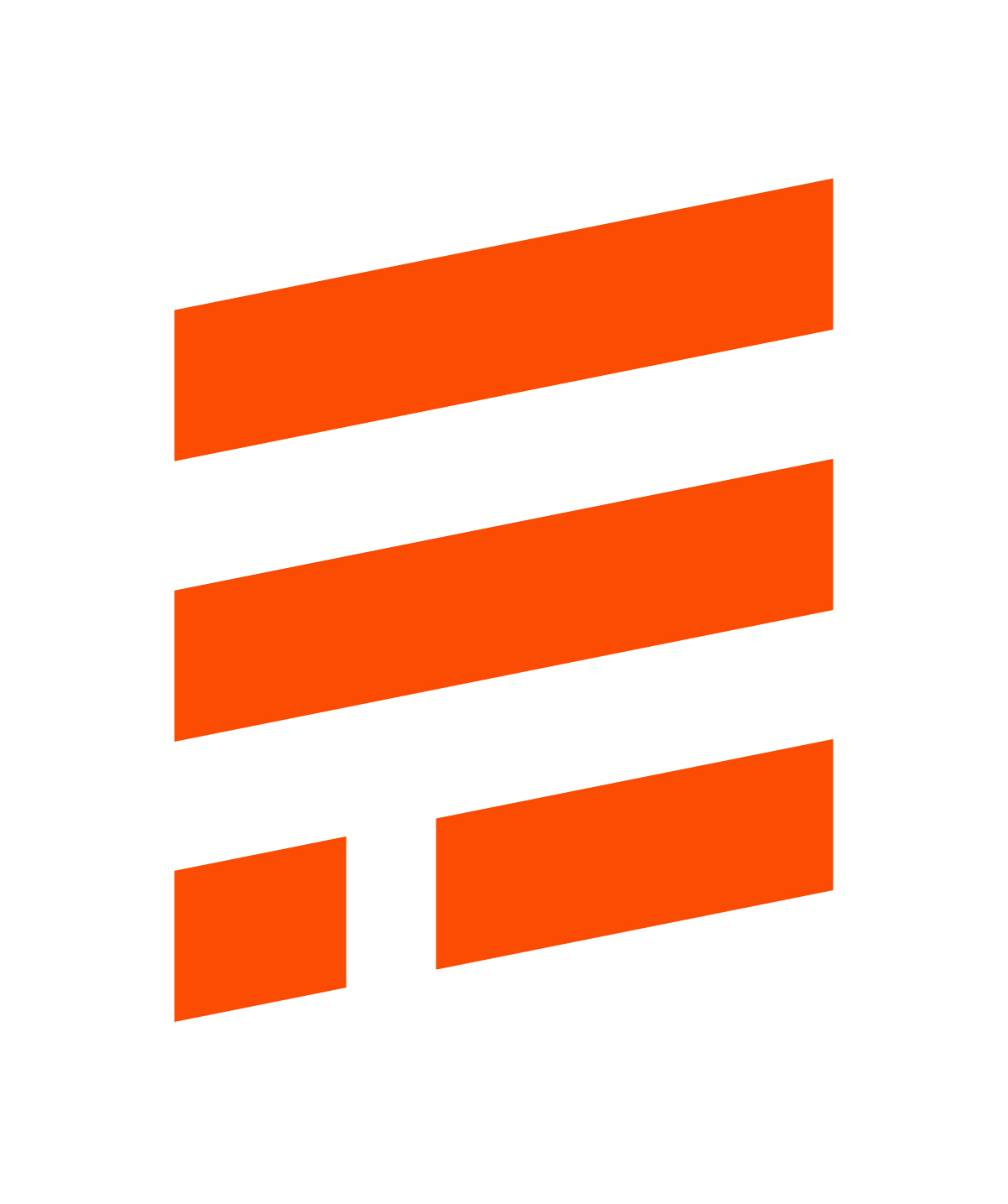INTRODUCTION
Incorporating simple tools like blocks can truly transform your experience on the mat. While often seen as accessories for beginners, yoga blocks provide critical support for practitioners at all levels. They help refine form, deepen stretches and most importantly, assist with proper positioning. Many find that using yoga blocks to improve their alignment brings noticeable ease and effectiveness to challenging postures. With consistent use, they can help stabilise movements, reduce strain and increase confidence in your practice.
WHAT ARE YOGA BLOCKS AND WHY USE THEM?
Yoga blocks are firm, rectangular props typically made of foam, cork or wood. They are designed to bring the ground closer to you during poses that require greater flexibility or stability. By enhancing balance and improving form, blocks help you stay aligned even as you gradually work deeper into poses. Rather than pushing your body beyond its limits, these tools promote gradual progression while reducing the risk of misalignment or injury. They are simple, yet highly effective.
SUPPORT IN STANDING POSES
Many standing poses challenge your balance and demand precise posture. Using yoga blocks in poses like Trikonasana (Triangle) or Ardha Chandrasana (Half Moon) allows you to lengthen through the spine while keeping your foundation strong.
- Block Under The Bottom Hand: Reduces the reach required and helps maintain hip alignment.
- Between Thighs: Promotes engagement of inner legs and proper pelvic position.
With regular use, these alignment aids help reduce unnecessary tension and support long-term joint health.
ENHANCE HIP OPENING AND FLEXIBILITY
Hip-opening poses can be intense, particularly if you’re working with tight muscles. Placing a block under your sit bones during Sukhasana (Easy Pose) or under the knees in Baddha Konasana (Bound Angle) supports the pelvis, encouraging a neutral spine. This approach encourages proper posture without compromising flexibility. These strategies of improving flexibility and alignment help deepen the stretch safely. Your muscles remain relaxed while your body adapts and lengthens over time.
DEEPEN BACKBENDS SAFELY
Backbends like Ustrasana (Camel Pose) or Setu Bandhasana (Bridge Pose) benefit greatly from the use of yoga blocks. Slipping a block under the sacrum in a supported bridge allows for passive stretching while maintaining spinal integrity. Placing blocks under your hands in camel pose brings the floor closer, letting you focus on controlled lifting through the chest rather than collapsing into your lower back. These small adjustments, rooted in using yoga blocks to improve your alignment, can drastically reduce discomfort and strain.
IMPROVE ALIGNMENT IN SEATED FORWARD FOLDS
Seated poses like Paschimottanasana (Seated Forward Fold) often cause rounding in the spine if hamstrings are tight. Elevating the hips with a block supports better spinal extension. Another effective method is placing a block under the forehead or along the shins, helping you rest into the stretch without forcing the fold. With this added support, maintaining alignment becomes easier, which improves both comfort and progression.
BALANCE IN ARM-SUPPORT AND CORE WORK
Yoga blocks can enhance core-focused and arm-support poses like:
- Plank or Bakasana (Crow Pose) by improving positioning.
- Blocks Under Hands: Elevate your palms to reduce wrist strain.
- Between Thighs Or Knees: Encourage activation of core muscles and correct alignment of the lower body.
These tweaks not only increase awareness but also help maintain symmetrical form, vital for preventing injury and optimising muscle engagement.
ASSIST IN RESTORATIVE AND YIN PRACTICES
In slower and more passive styles like Restorative Yoga or Yin Yoga, blocks become essential. They support the body in long-held poses, allowing muscles to relax while maintaining alignment. For example, a block under the spine in supported fish pose creates an opening in the chest and shoulders without overextending, which promotes better breath awareness and spinal alignment while inviting deep relaxation.
ENCOURAGE MINDFUL ADJUSTMENTS FOR BEGINNERS
Beginners often rush into poses without understanding their body’s limitations. Blocks act as an extension of the body, guiding you gently into correct positioning. Rather than pushing to reach the floor or hold a pose prematurely, blocks help maintain balance and alignment. Using these props regularly cultivates body awareness and prevents the habit of compromising form, especially when aiming to improve posture and avoid injury.
BOOST CONFIDENCE WHILE REDUCING INJURY RISK
By eliminating unnecessary tension and creating stability, yoga blocks allow you to practise more confidently. When your body feels supported, you’re less likely to overcompensate with poor mechanics. The act of using yoga blocks to improve your alignment empowers you to focus on breath and control rather than struggle or discomfort. This mindset not only prevents strain but also encourages a healthier and more sustainable approach to yoga.
CONCLUSION
Mastering yoga is less about forcing the body into complex shapes and more about understanding alignment, stability and breath. That’s why using yoga blocks to improve your alignment is such a valuable practice. Whether you’re just beginning or refining an advanced pose, these humble props help create space, increase safety and elevate your experience on the mat. Through consistency and mindful use, they enhance your connection with every movement and support your journey toward deeper self-awareness.

